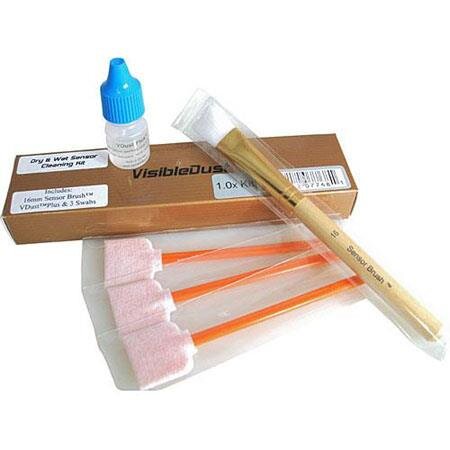Feed the beast: when what you have just isn’t enough
In our previous informational post, The Beginner Photographer’s Essentials, we talked about some of the pieces of gear aside from your camera and lens that you might want to pick up once you’ve decided you’re going to be committed to this extremely addictive hobby. If you’ve made it around to reading this, you’ll know by now that addiction is about more than just doing photography - it’s about buying stuff. This is definitely a great pastime for gearheads, compulsive shoppers, and hoarders.
So, as you progress from beginner to intermediate through our on-location workshops and photo tours, and find that some aspects of your photography are still frustrating or lacking, you’ll be happy to know that there are still more knick-knacks you can pick up to make your life more complicated and yet strangely fulfilling.
1. A graduated neutral density filter
This little doohickey looks like little more than a rectangular piece of glass that's half clear and half dark. But it's function is much greater than its form. You may have noticed that when you take pictures of sunrises or sunsets, if the sky looks good, then the foreground looks way too dark - or if the foreground looks good, then the sky is completely overexposed. These are examples of high contrast scenes, which cameras handle very poorly. If your images are not too badly exposed, you can often rescue images like these with careful post-processing, but it's usually better to get it right in the camera, or at least come close. The graduated neutral density filter steps in by helping to reduce the overall contrast of the scene. You hold this bad boy in front of your lens, so that the darkest part of the filter shades out the brightest part of the sky. This let's you make an exposure that's bright enough to retain the foreground details without blowing out the sky. It takes practice to use this filter, but you'll be thankful for owning one.
2. Sun Surveyor app
Many landscape photographers, myself included, have said that the quality of their outdoor images turned a corner when they started planning ahead for the image they were going to make, rather than just showing up on site and reacting to what mother nature gives them. While it's true that luck and circumstance play a huge role in how your shots turn out, knowing as much as you can about your subject in advance maximizes your chances of getting the shot you want, plain and simple. When it comes to outdoor shot preparation, Sun Surveyor is the ultimate aid. It gives you not only the obvious information like sun and moon rise and set times, but also the nitty gritty details that can make the difference between a good shot and a winning shot, such as the angle at which the sun or moon rises relative to your location, and the path that it takes across the sky throughout the day or night. Sun Surveyor can also help you forecast your Milky Way and star trail shots, and gives you a list of upcoming photo opportunities in your area based on celestial events. And, most usefully, with it's built-in mapping and calendar features, the app can make all these predictions for any location on earth, for any time in the future! So you can realistically plan for a shot months in advance, at a location thousands of miles away that you haven't even visited yet. Despite having all these features, Sun Surveyor is really easy to learn. And if you get confused, the app has built in tutorial videos created by Yours Truly.
3. Sensor cleaning kit
As you go forth into the world and challenge yourself to make better and better images, you'll find your equipment getting more and more abused. Tripod joints will get rusty and crusty, and cameras and lenses will get nicks and scrapes. One of the consequences of all this getting down and dirty is that dust, the enemy of all electronics, will inevitably work its way inside your camera and onto your sensor.
And the more you shoot in dusty environments such as deserts, beaches, or volcanic landscapes like Iceland, and the more often you change your lenses, the more you'll have to deal with the menace of spotty images.
The internal sensor cleaning feature of your camera will likely prove useless for almost all serious dust, so your only choices that remain are to have your local camera store clean your sensor for you (for which they will charge you up to $60), or you can clean it yourself. As a frequent outdoor shooter, I consider it a wise choice to buy a sensor cleaning kit and learn how to use it (instructions are included in the kit). A kit includes nothing more than a few single-use swabs and a bottle of sensor cleaning solution. But this will save you loads of money in the long run compared to dropping off your camera at the store. And you can bring the cleaning kit with you on longer trips, so that when you visit Iceland for a week, you can clean your sensor after it gets covered with dust after the first few days.
Make sure you clean your sensor in a relatively dust-free environment indoors, and have a good light source to work by. Perform before-and-after comparison shots to see that the dust has indeed been removed from your images. Taking shots at a high aperture number such as f/22 usually reveals dust quite clearly.



